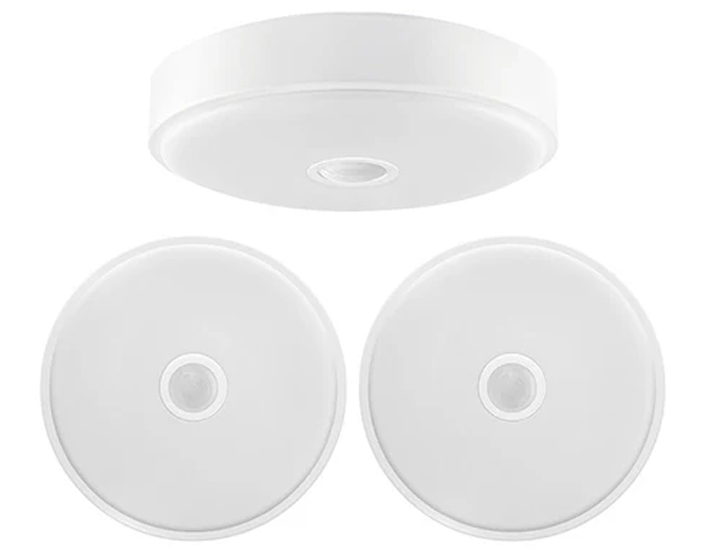Set the Tone with
Smart Lighting Controls
Set The Tone With
Smart Lighting Controls
The world of lighting has evolved, leaving behind outdated incandescent and halogen systems. Modern lighting solutions demand a deep understanding of LED technology, commercial lighting controls, and seamless integration with building systems. At the forefront of this innovation are energy-efficient lighting solutions designed to optimize performance and savings.


What Are
Lighting Controls?
Lighting controls are the backbone of today’s automated lighting systems, creating a smart network where every bulb maximizes efficiency. These systems automatically adjust lighting based on occupancy, time of day, or natural light levels, ensuring optimal energy usage. Components like occupancy sensors, time clocks, and photocells work together seamlessly, controlled from centralized or multiple user interfaces.
Occupancy Sensors
A Smart Way To Save
Occupancy sensors are game-changers in smart lighting controls, using advanced technologies to detect room occupancy. When spaces are vacant, these sensors automatically turn off the lights, significantly reducing energy consumption. Available in PIR (passive infrared), ultrasonic, and dual-technology variants, these sensors can be mounted on ceilings, walls, high corners, or even workstations. With energy savings up to 60%, energy-efficient lighting solutions like occupancy sensors are essential for sustainable and cost-effective spaces.

Discover how commercial lighting controls and automated lighting systems can revolutionize your business’s energy use. Upgrade to smarter, greener, and more efficient lighting with advanced control systems that set the tone for a brighter future.
Discover More